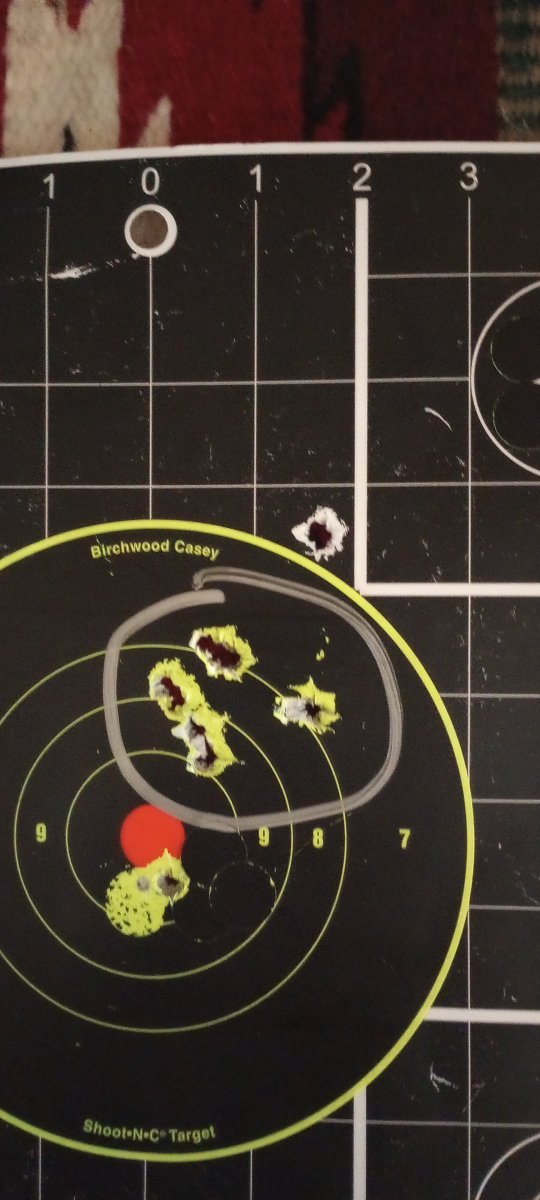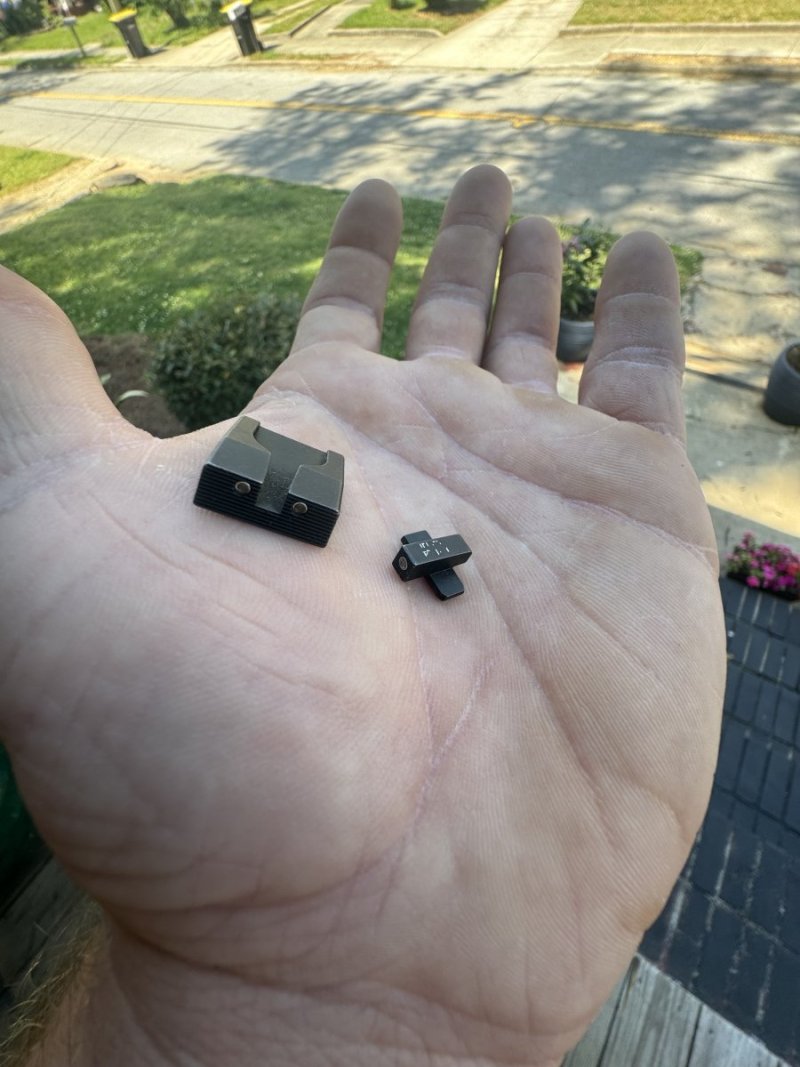If it is a target rifle I clean it with hoppes then clean every 100 rds. If its a ar or other rifle I just shoot the @#!*% out of it
Lots of ideas on break in - here's some interesting read:
http://thefiringline.com/forums/showthread.php?threadid=12582










